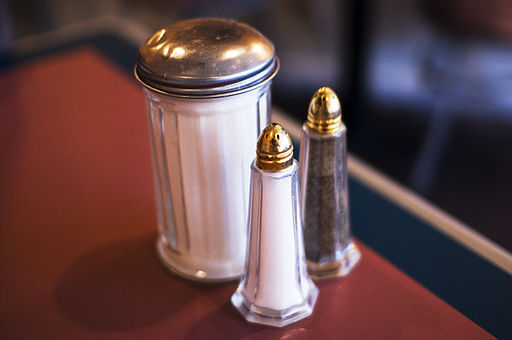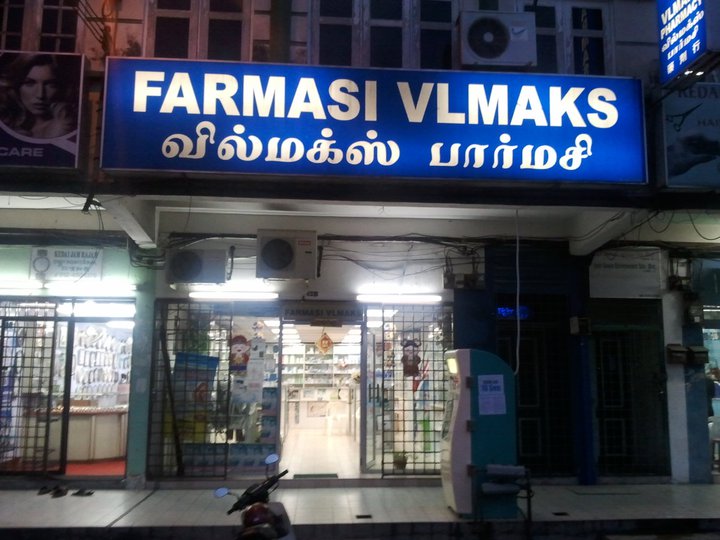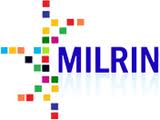Hi everyone. As the representative of Farmasi Vlmaks I would like to welcome you for visiting our website. We have just started this website. You can get information about Farmasi Vlmaks such as upcoming events , selling products , clearance stock sale, images , transport services, contacting method and many more in our new website. We would like to ask the visitors of our websites to spend a few minutes to fill the guest boook of our website.
Children who eat salty foods and snacks are more likely to seek out sugary drinks to wash them down, researchers from Deakin University, Burwood, Australia, reported in the journal Pediatrics.
The authors added that this combination - salty foods with sugary drinks - can potentially raise the risk of
obesity. Perhaps by curbing children's consumption of salt, their craving for sugar-sweetened beverages may drop, resulting in smaller waistlines.
The study found that the more children consumed salt, the more fluids they drank overall. The same was found among kids who drank sweetened drinks.
In September 2012, scientists from the CDC (Centers for Disease Control and Prevention) wrote that
American children eat as much salt as adults do. They added that high sodium consumption is associated with a higher risk of
hypertension in children and adolescents.
Caryl A. Nowson, PhD, and team set out to determine whether there might be an association between dietary salt consumption, fluid intake, and the amount of sugar-sweetened beverage drunk with bodyweight. They gathered and analyzed data form a nationally representative sample of 4,283 Australian kids aged from 2 to 16 years.
All their data came from the 2007 Australian National Children's Nutrition and Physical Activity Survey. Their consumption of salt, liquids and sugar-sweetened drinks was calculated by looking at two 24-hour dietary recalls. They also looked at information on the children's height and weight and worked out their Body Mass Indexes (BMIs).
The researchers found that, of the 4,283 children:
- 62% said they consumed sugar-sweetened beverages (SSBs)
- Those of lower socioeconomic status consumed greater quantities of SSBs
- Older children drank more SSBs
- The more dietary salt a child had, the higher their fluid intake
- The more salt a child consumed, the greater their consumption of SSBs
- Children who consumed more than one SSB per day were 26% more likely to be overweight or obese. However, when they separated these children into two groups - those who regularly exercised and those who did not, the obesity/overweight link to more than one SSB per day was only present in the sedentary kids.
- Overall, average sodium consumption was 2,500 mg per day, and just over 5% were obese. According to the revised American Heart Association presidential advisory, Americans should limit their sodium intake to no more than 1,500 mg per day.
- Only 3% of the children who did not regularly consume sugary drinks were obese/overweight.
The authors concluded in an Abstract in the same journal:
"Dietary salt intake predicted total fluid consumption and SSB consumption within consumers of SSBs. Furthermore, SSB consumption was associated with obesity risk. In addition to the known benefits of lowering blood pressure, salt reduction strategies may be useful in childhood obesity prevention efforts."
Most children in industrialized countries get their salt from processed foods, bread, and eating out, rather than from their kitchen salt shakers. The scientists believe that any reduction in dietary salt from foods eaten, and replaced with healthier foods, would be good for children's health.
 Most kids get their salt from the foods they eat, rather than the salt shaker
Most kids get their salt from the foods they eat, rather than the salt shaker
What is the difference between salt and sodium?
Table salt is a chemical compound called sodium chloride (NaCL - Na stands for sodium while CL stands for chlorine). Salt as we know it contains 40% sodium and 60% chlorine.
Health care professionals focus on the sodium component of salt, because that is the part that affects our health. 40% of table salt consists of sodium.
Eating too much salt linked to several negative consequences
Studies over the last few years have associated high salt intake with several diseases and conditions. Below are a few of them:
- Researchers from Harvard Medical School, USA, and the University of Groningen, the Netherlands, showed that high salt intake not only raises the risk of developing hypertension, but may also damage blood vessels. Their study was published in the journal Circulation, September 2012 issue.
- Americans get more dietary salt from bread and rolls than from salty snacks like pretzels, potato chips and popcorn, a CDC report informed in February, 2012. The authors added that only about one in every ten people in the USA meets the national guidelines for salt intake (the rest eat too much salt).
- Sedentary seniors who consume a lot of salt have a higher risk of cognitive decline, Canadian researchers reported in the journal Neurobiology of Aging. The authors added that not only do the dietary factors of some elderly people need change, but also certain aspects of their lifestyle - the more physically active they are, the lower their risk of cognitive decline.




